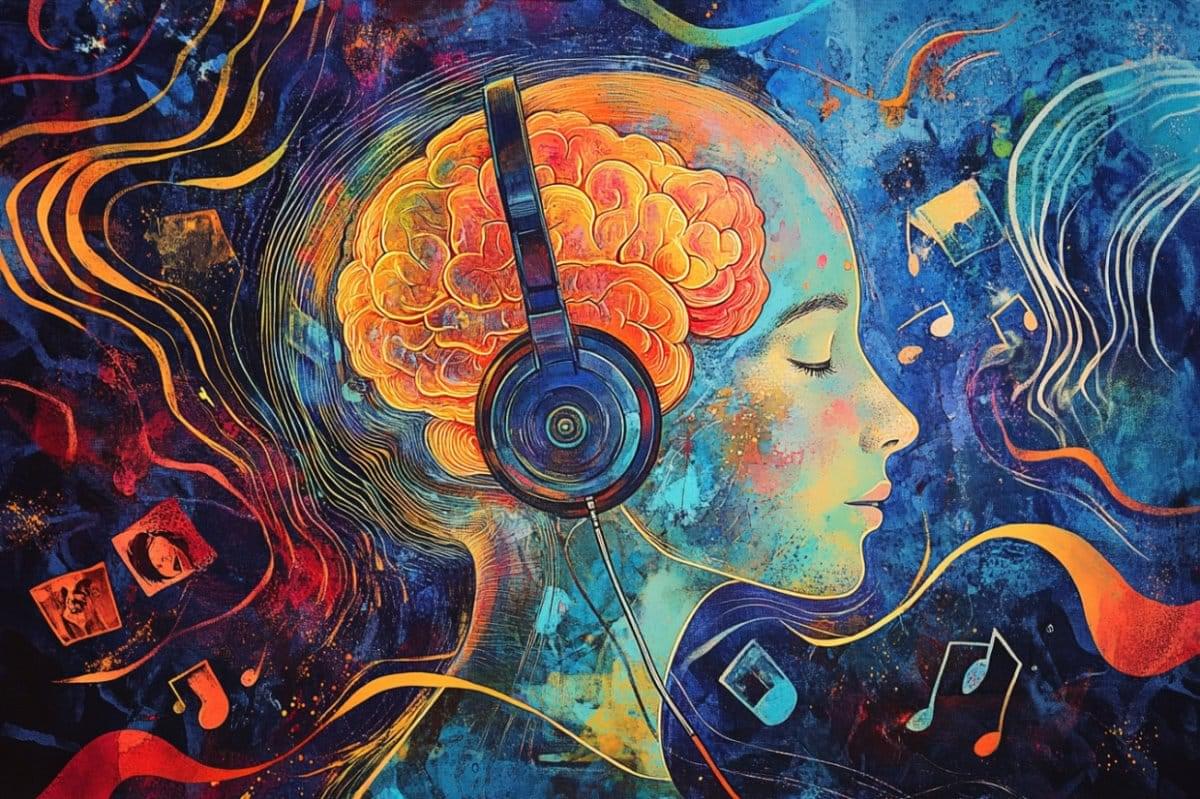Click this link https://sponsr.is/bootdev_mattbatwings and use my code MATTBATWINGS to get 25% off your first payment for boot.dev.
Patreon: https://www.patreon.com/mattbatwings.
Discord: https://discord.gg/V5KFaF63mV
My socials: https://linktr.ee/mattbatwings.
My texture pack: https://modrinth.com/resourcepack/mattpack.
World Download: (JAVA 1.21) https://www.planetminecraft.com/project/3d-maze-explorer/
Oscar’s 3D Maze Program: https://youtu.be/2hdc0Fn302w.
Thanks again to @captainluma7991 for working with me on this!
Want to get more involved in the logical redstone community?
Learn Logical Redstone! https://youtube.com/playlist?list=PL5LiOvrbVo8keeEWRZVaHfprU4zQTCsV4
Open Redstone Engineers (ORE): https://openredstone.org/
0:00 Intro.
0:32 Oscar91
1:48 Generalization.
2:59 Display.
4:53 Maze to Tilemap Conversion.
6:12 Maze Exploration.
7:51 Wireframe Display.
8:27 Random Generation.
Music (in order):
